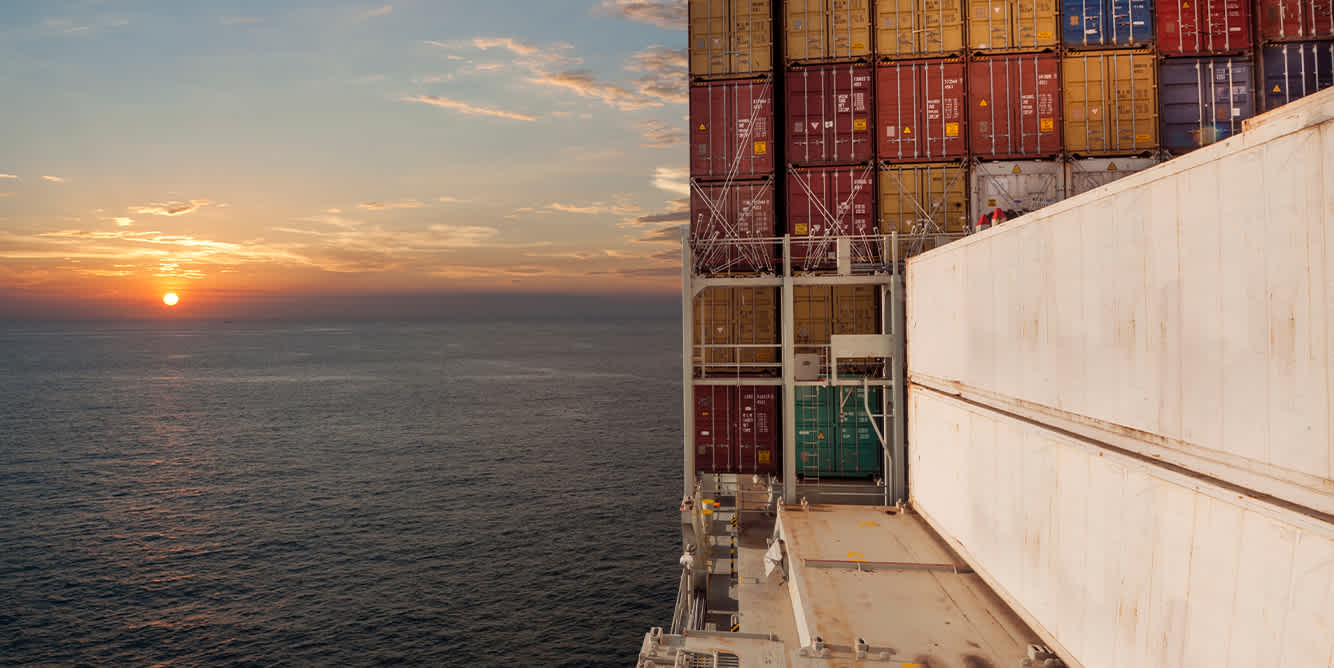
September 4, 2020
Recent Trade Volatility Sheds Light on How Shippers Should Think About Forecasting
Recent Trade Volatility Sheds Light on How Shippers Should Think About Forecasting
This week, Flexport COO Sanne Manders led a webinar with guest Jonathan Mellink, Commercial Manager, Cargo Advisory at Seabury Consulting to discuss recent trade dynamics as part of forecasting the future impact of Covid-19.
The pandemic has sent trade into a tailspin with many businesses trying to predict the remainder of 2020 and coming up uncertain. But understanding how the shipping industry responded during initial pandemic turmoil can help leaders chart a course for the end of the year and 2021.
A Carrier’s Market
Volatility has been the norm this year, with demand, capacity, and rates shifting wildly.
In fact, when polled, three-quarters of webinar participants said that they’ve experienced more rolled cargo in the past three months than pre-Covid. That’s because carriers blanked sailings, and container spot rates climbed, despite weaker demand, in the face of urgent air shipping. A container shortage compounds the issues.
This general trend was true across all trade lanes. It also contrasts sharply with how carriers responded in the 2008 financial crisis, when capacity remained and rates dipped extremely low. This time around, it’s a carrier’s market.
Next year’s airfreight doesn’t look more favorable for most shippers. A rise in working from wifi is almost certain to reduce travel for in-person meetings, which will have a knock-on effect on belly capacity for passenger flights. Plus, the introduction of a Covid vaccine could cause additional flux. For instance, pharmaceutical products ship cold, and rapid distribution will trump price sensitivity.
Shipping Strategies Evolve
Determining the best shipping strategies for Q4 and 2021 will be a matter of specificity.
Manders and Mellink recommend that businesses focus on trends within their verticals and stay ready to pivot when it comes to transport modes and trade lanes. For example, fashion has had to adjust its supply chains, based on factory shutdowns, which are still affecting shipping timing and modes. For emergency medical equipment, demand is leveling out, but if it spikes again, Asia cargo may be more likely to roll.
Remaining agile as details emerge helps companies consider circumstances in the context of the bigger picture. To learn more about how recent volatility can inform upcoming freight forwarding decisions, download the webinar, Trade Dynamics: Looking Back to See the Future.



